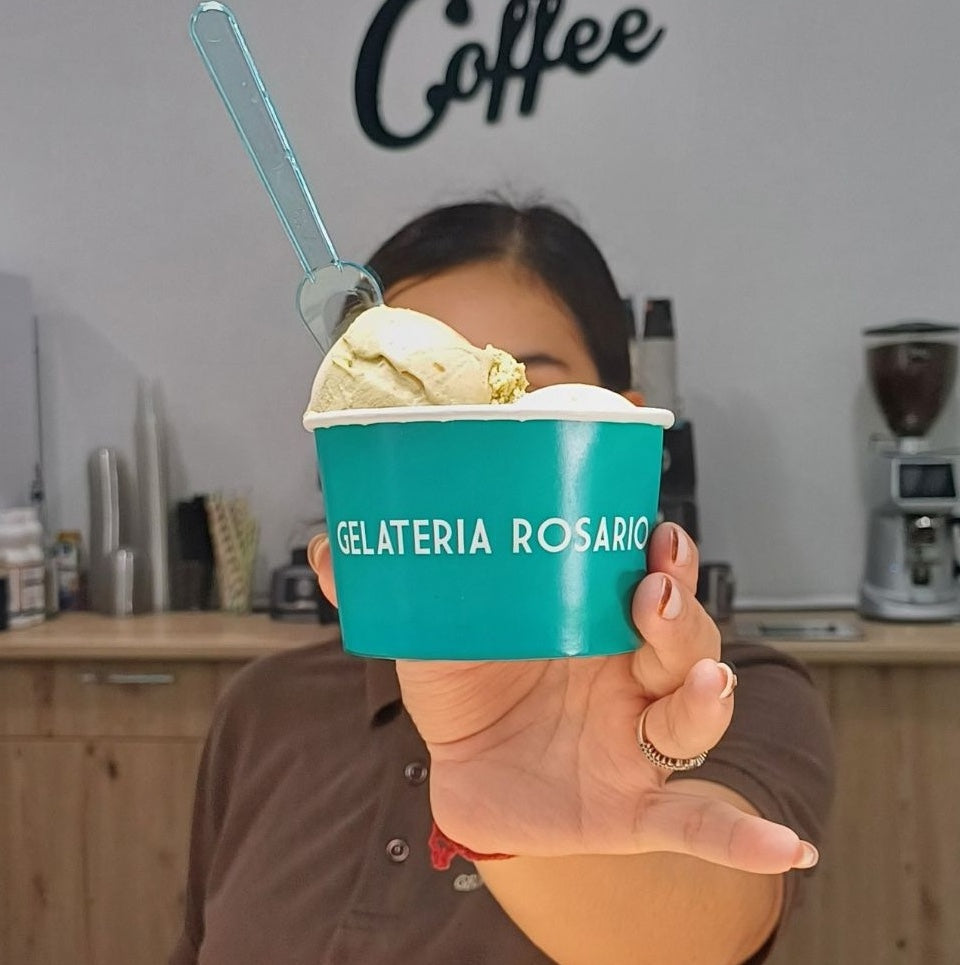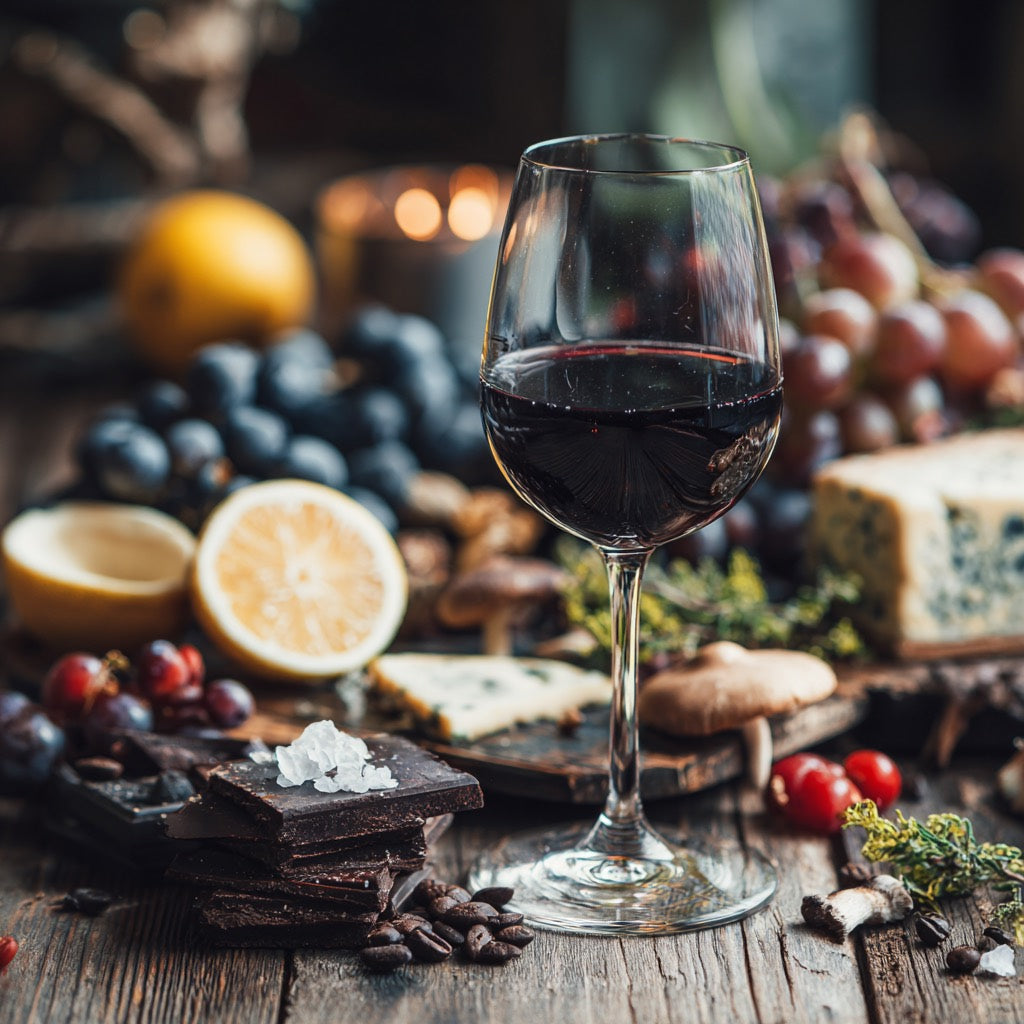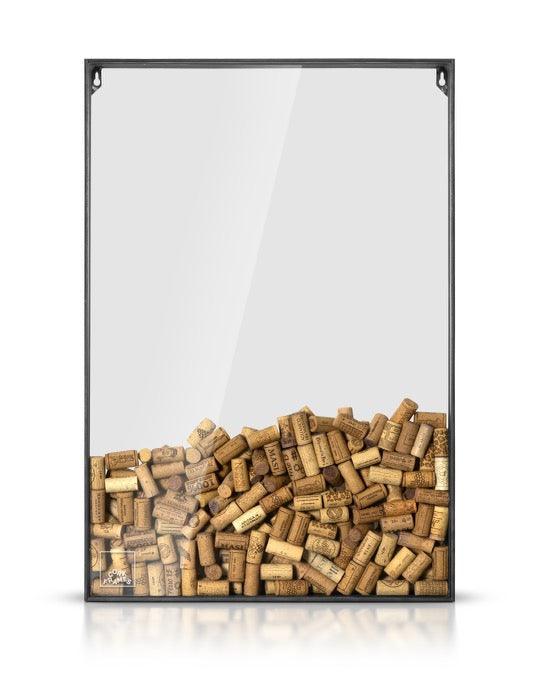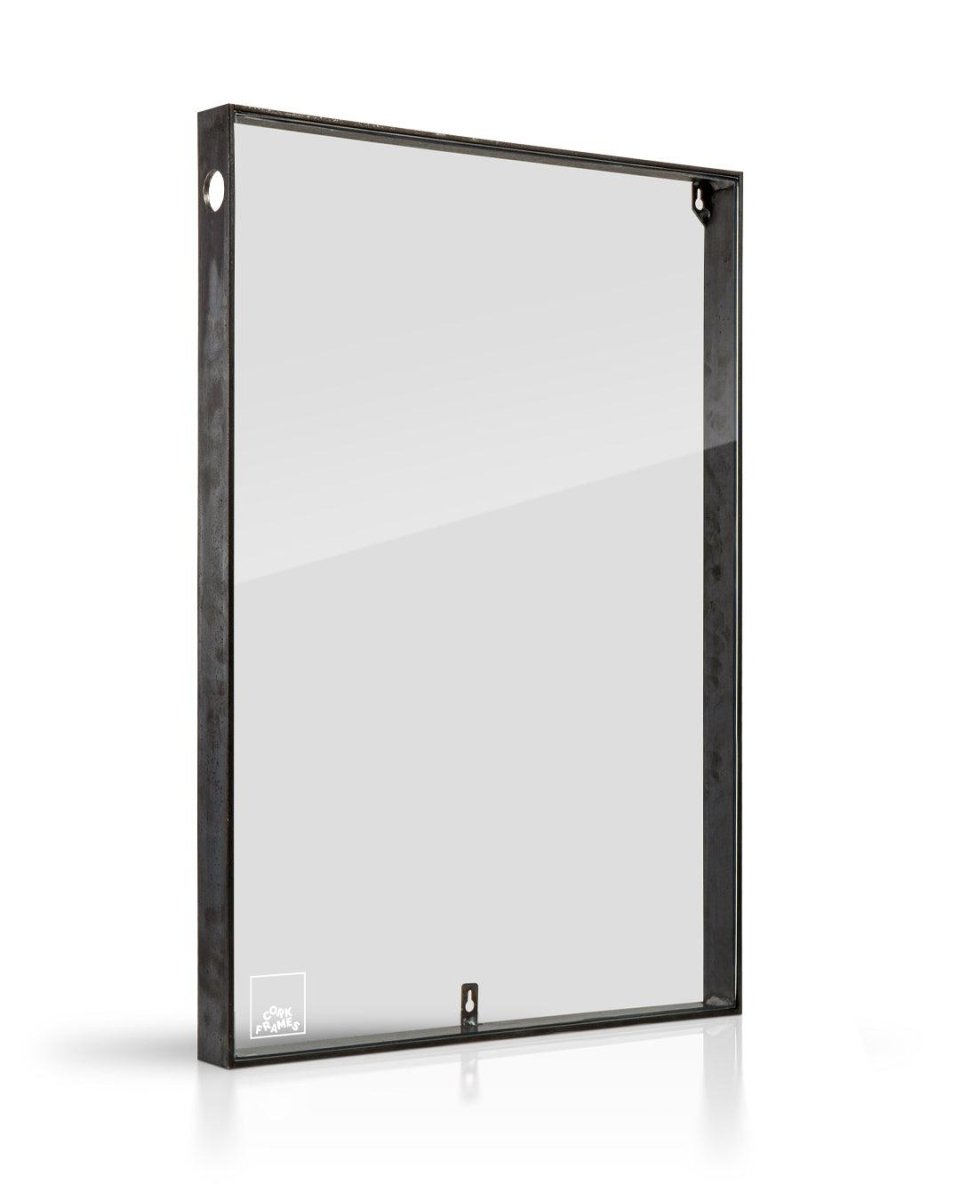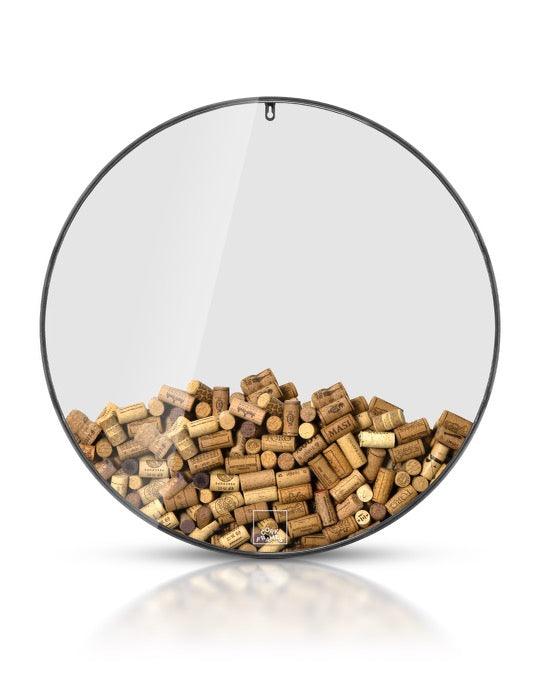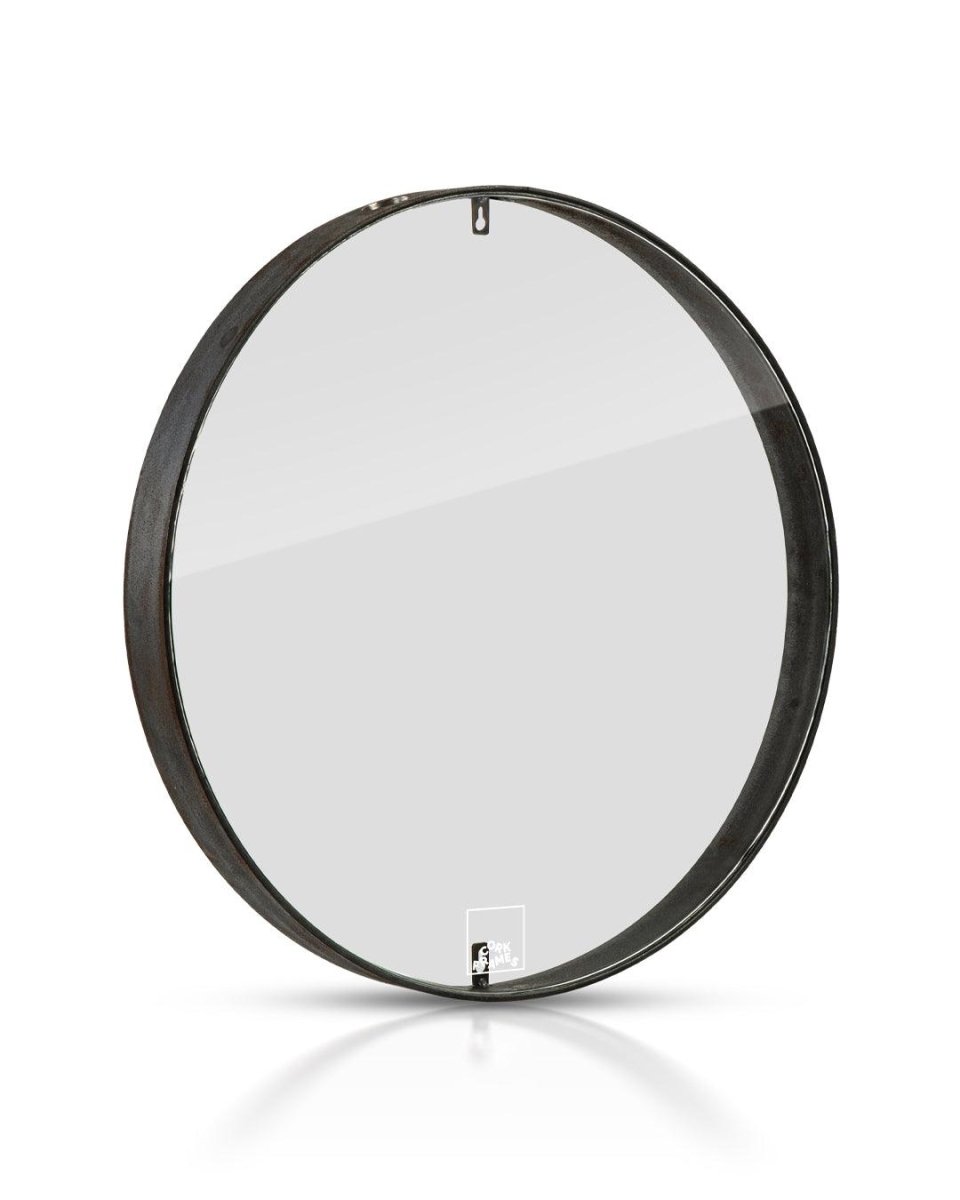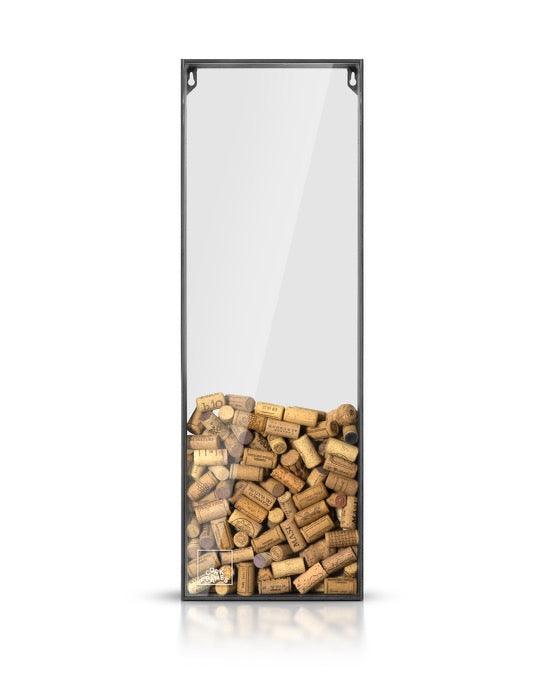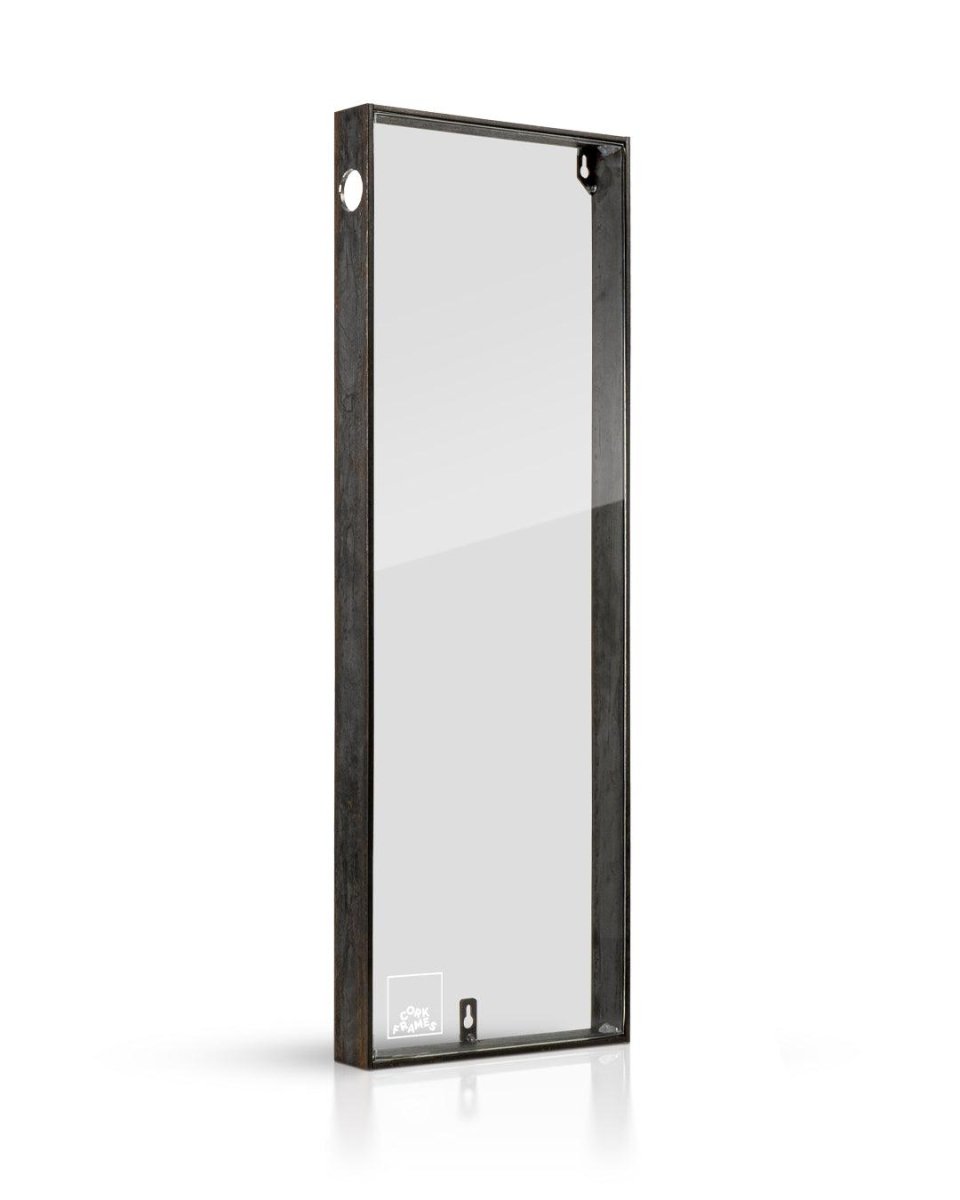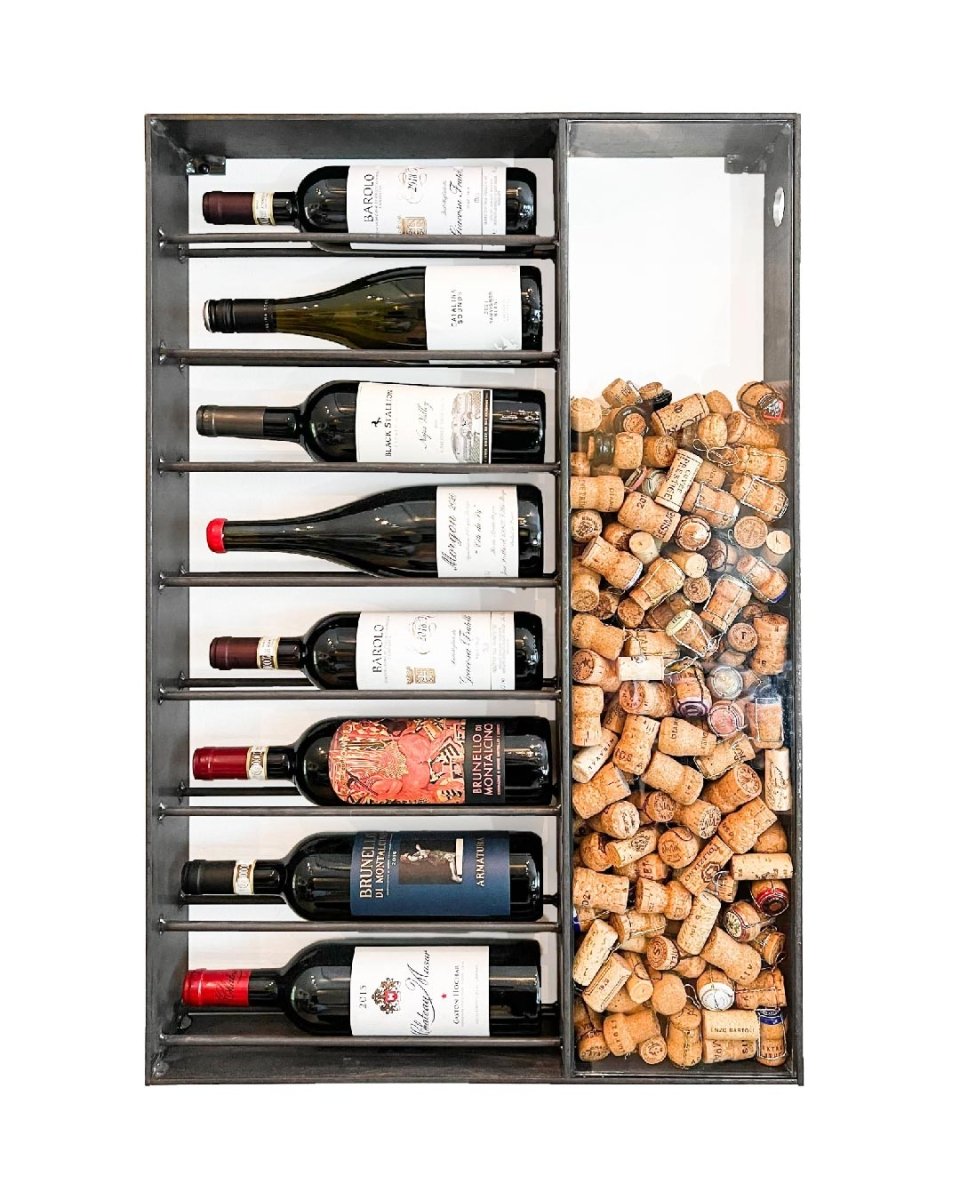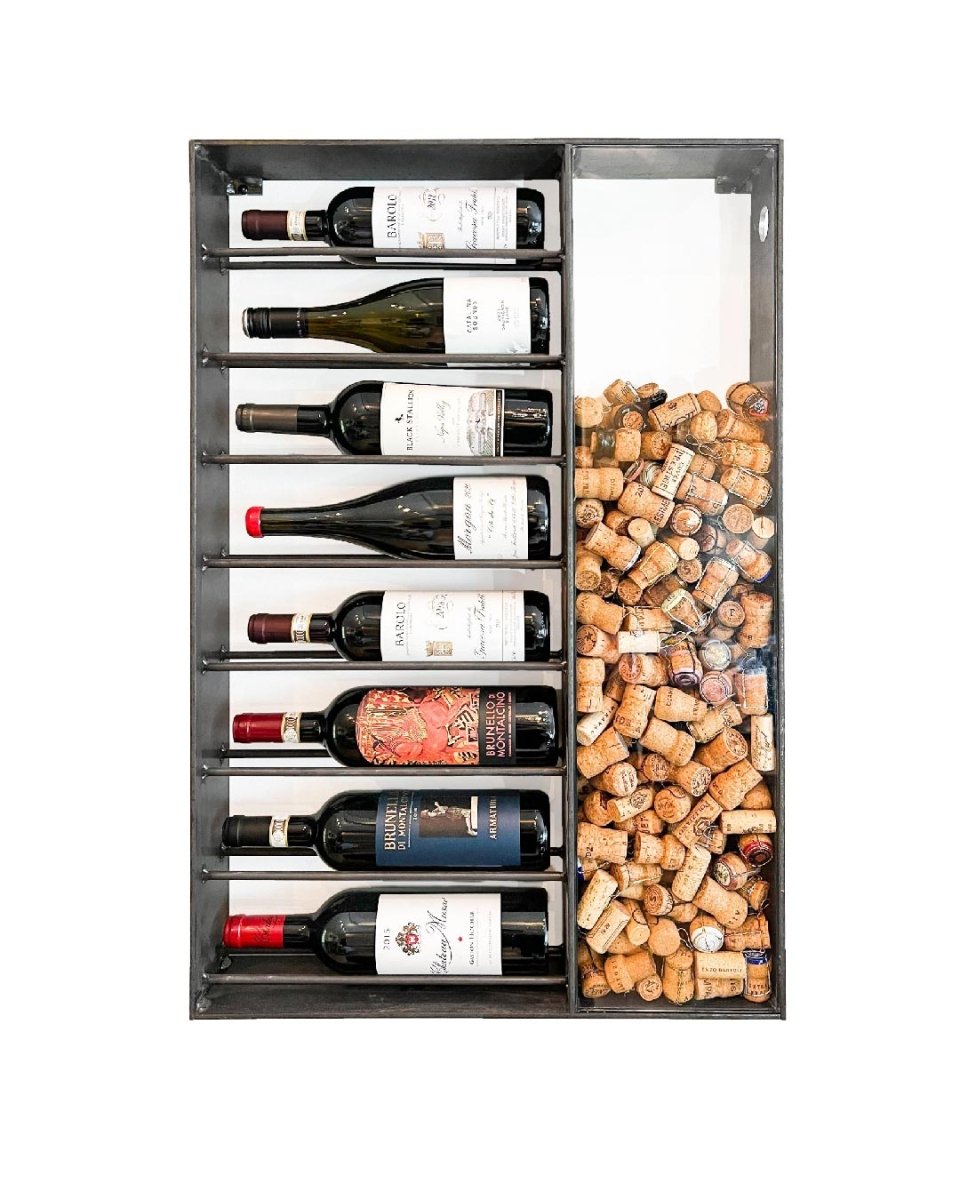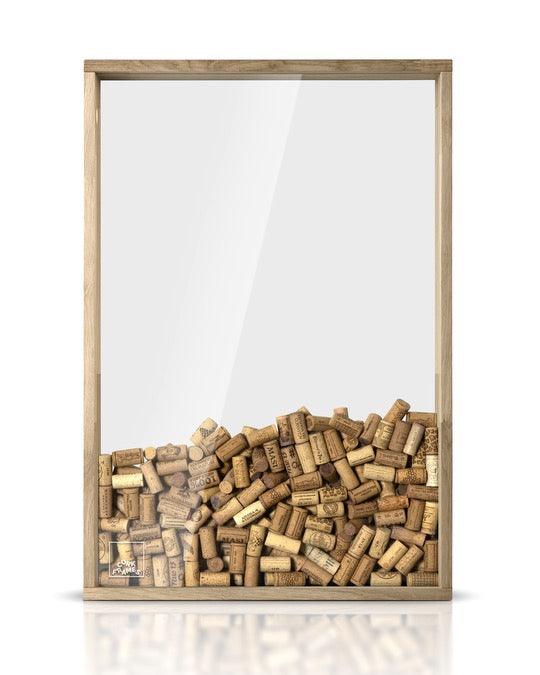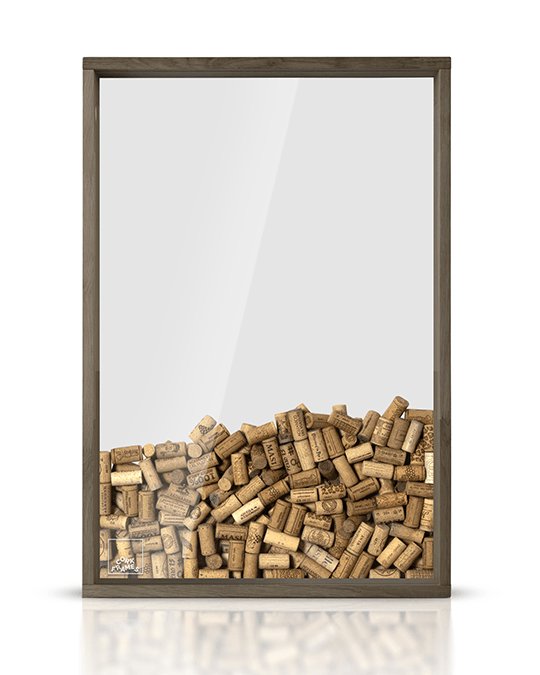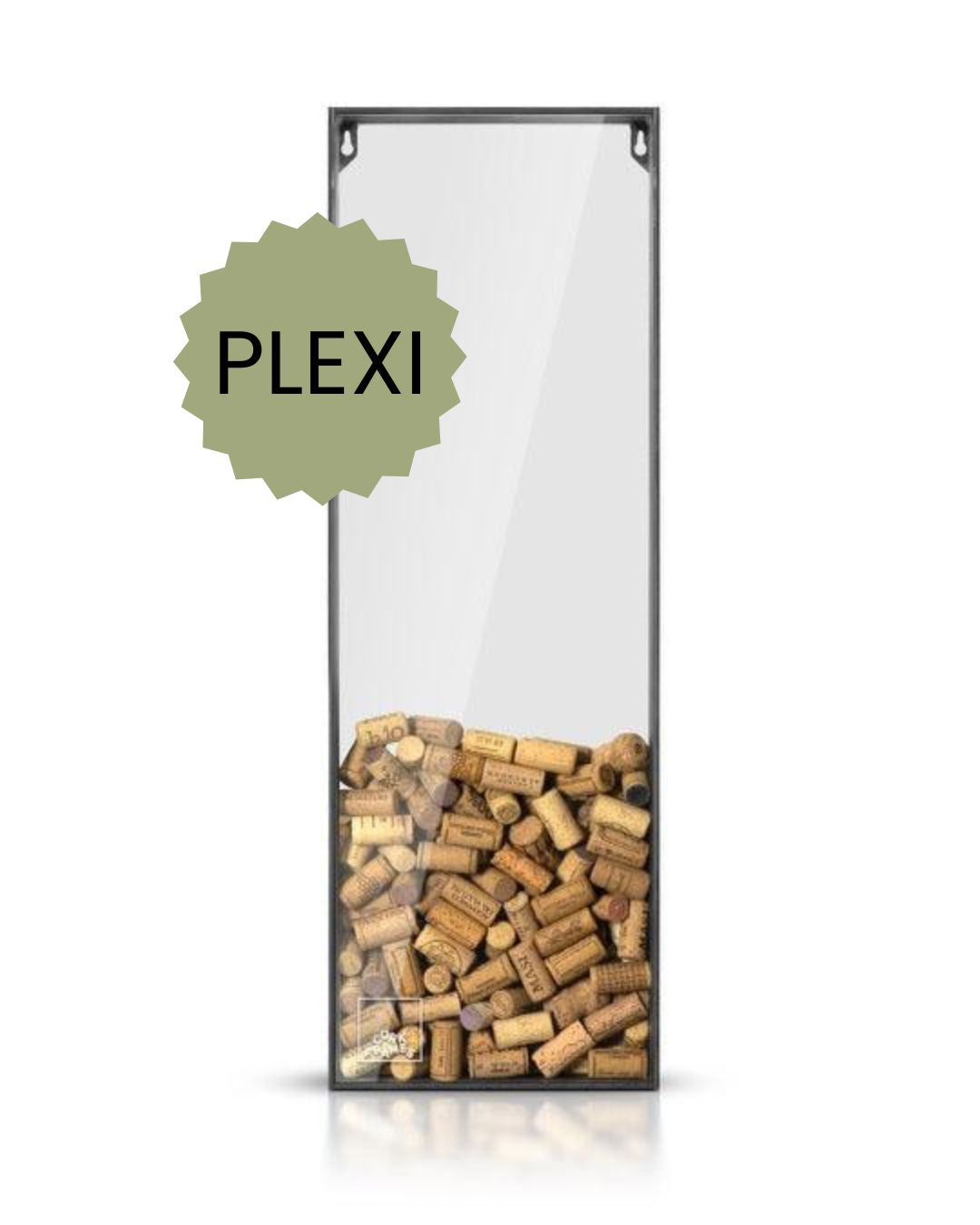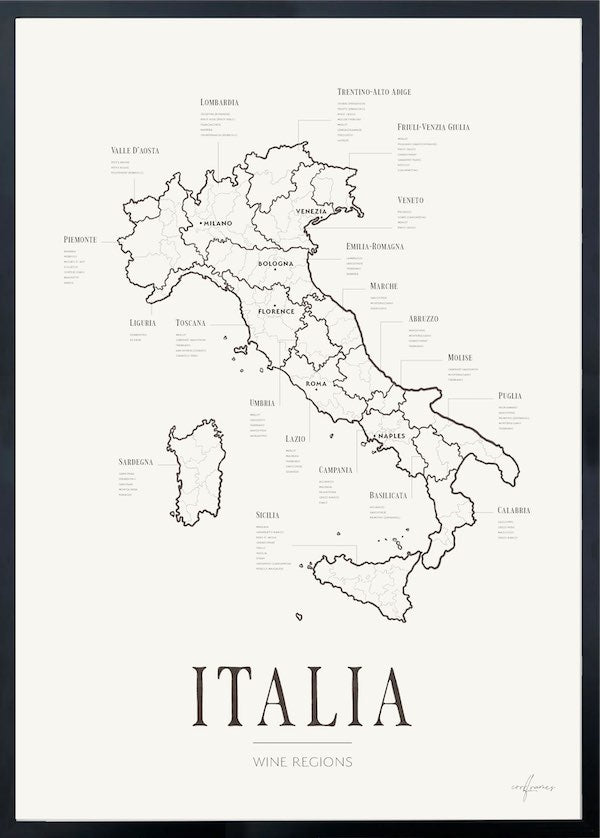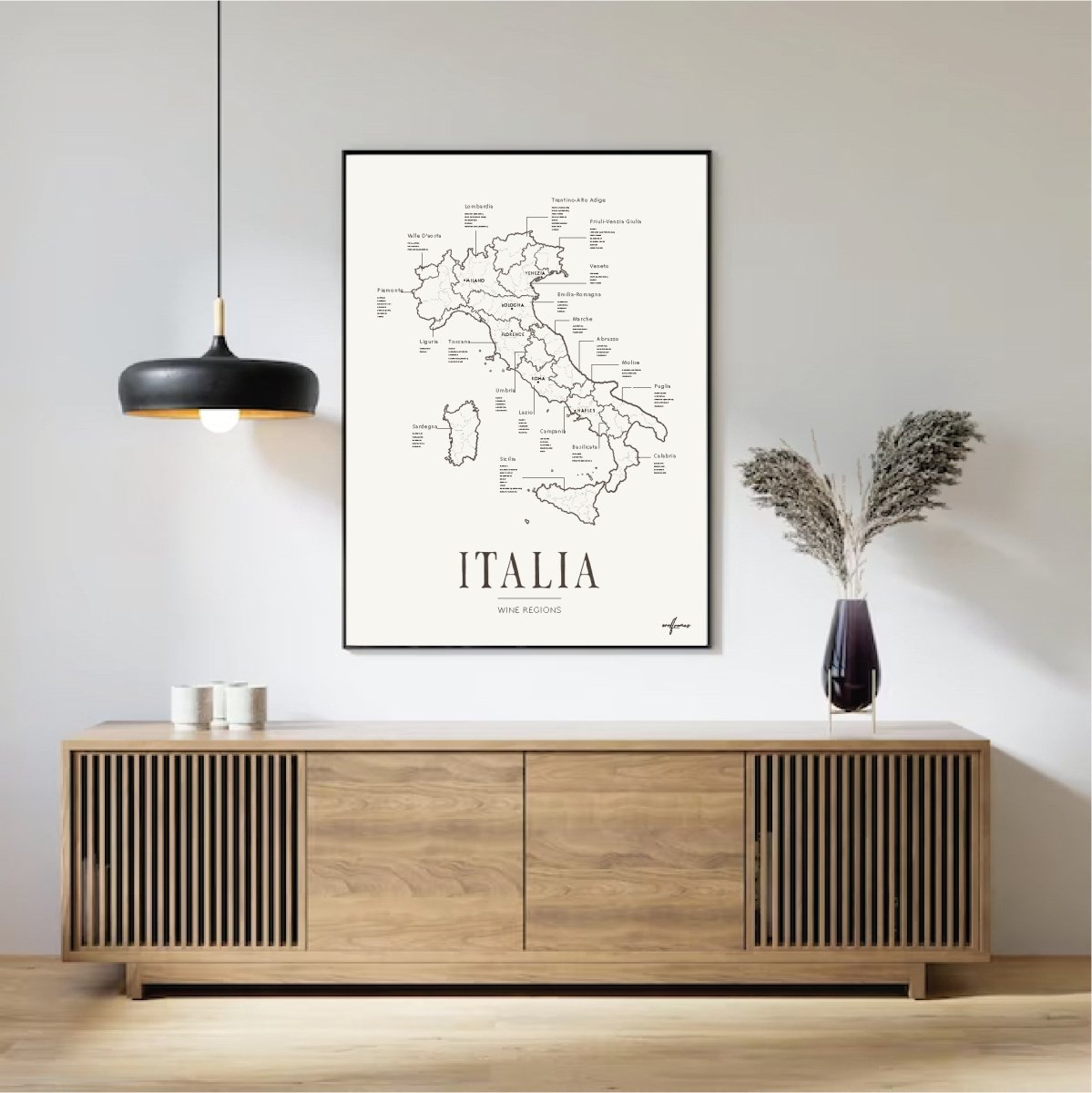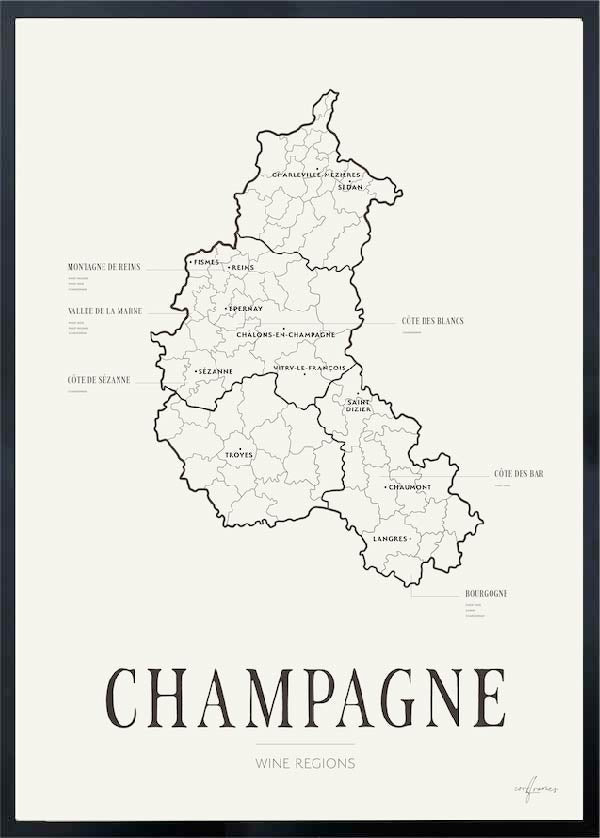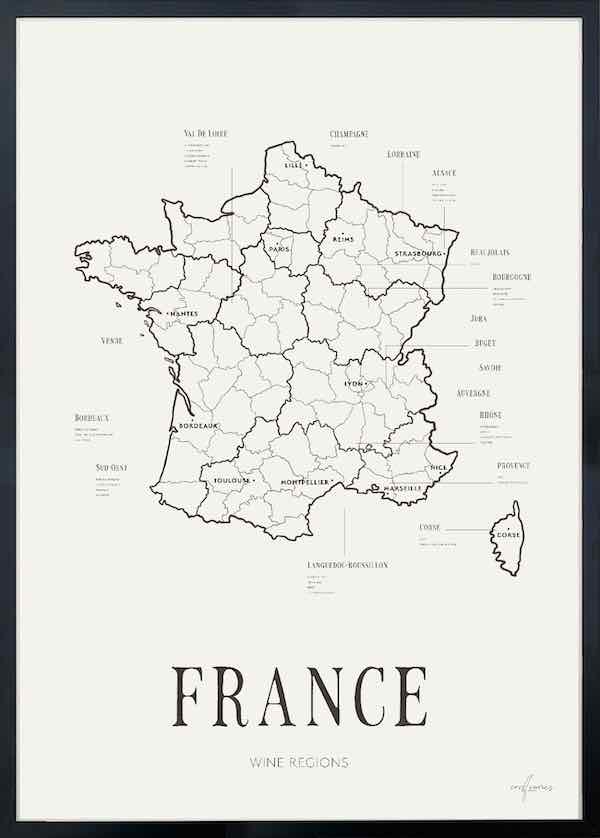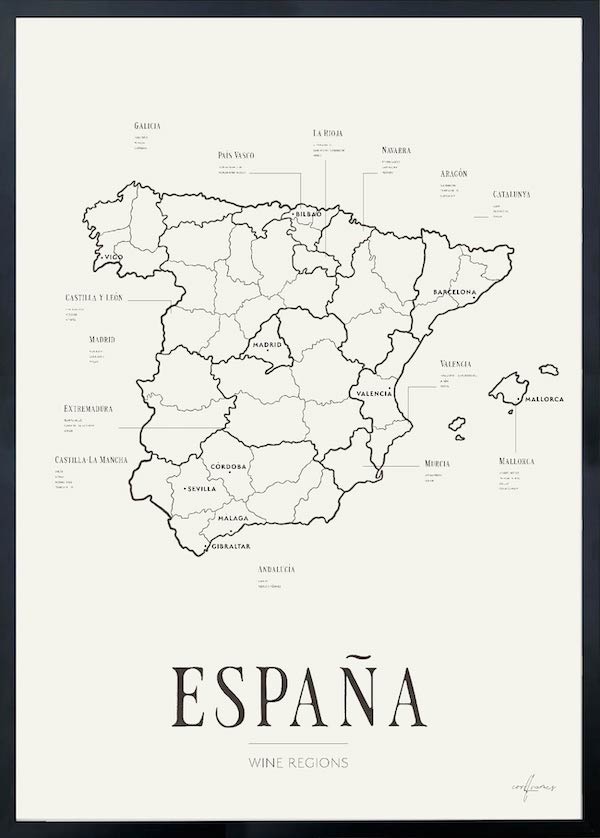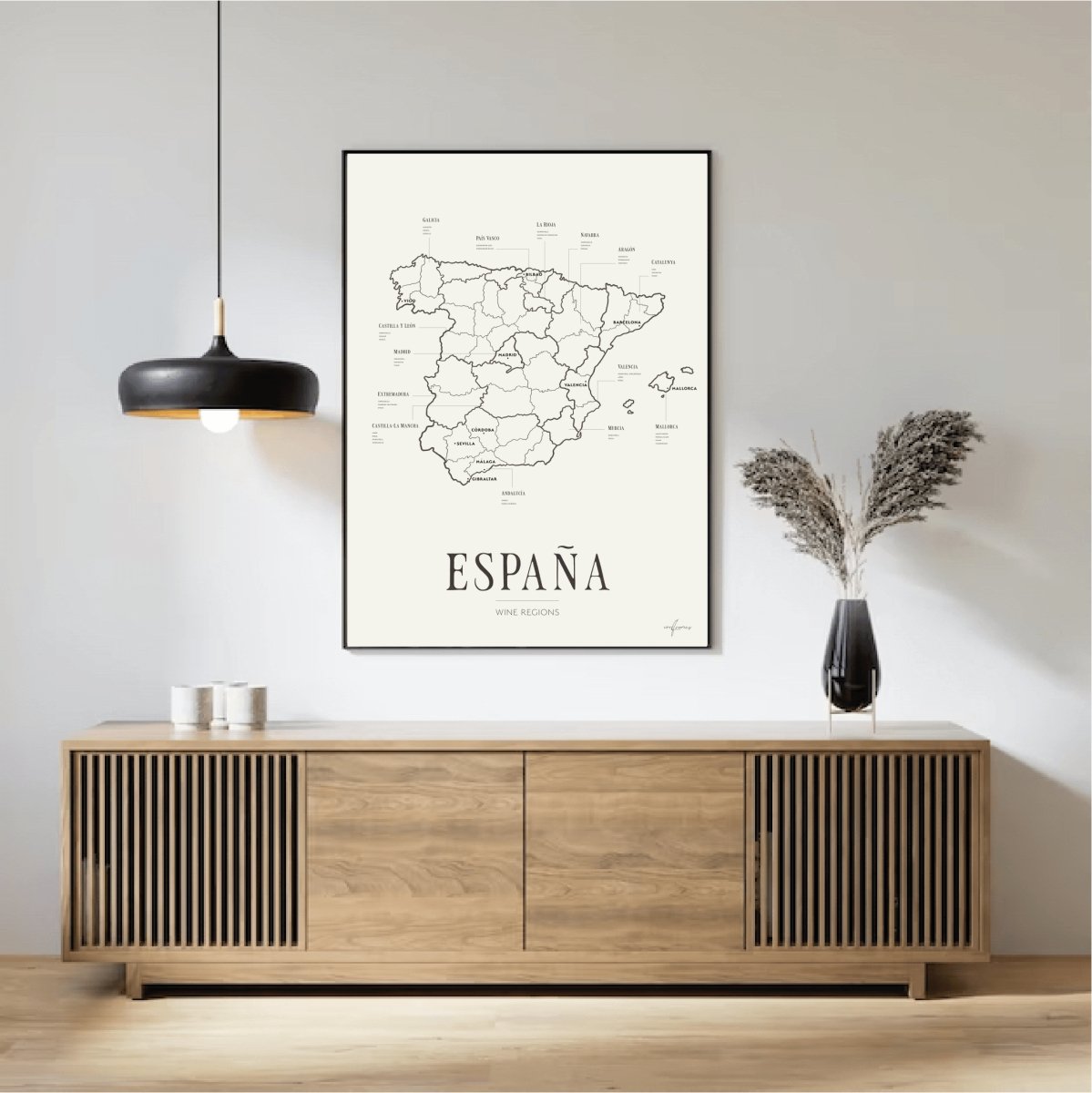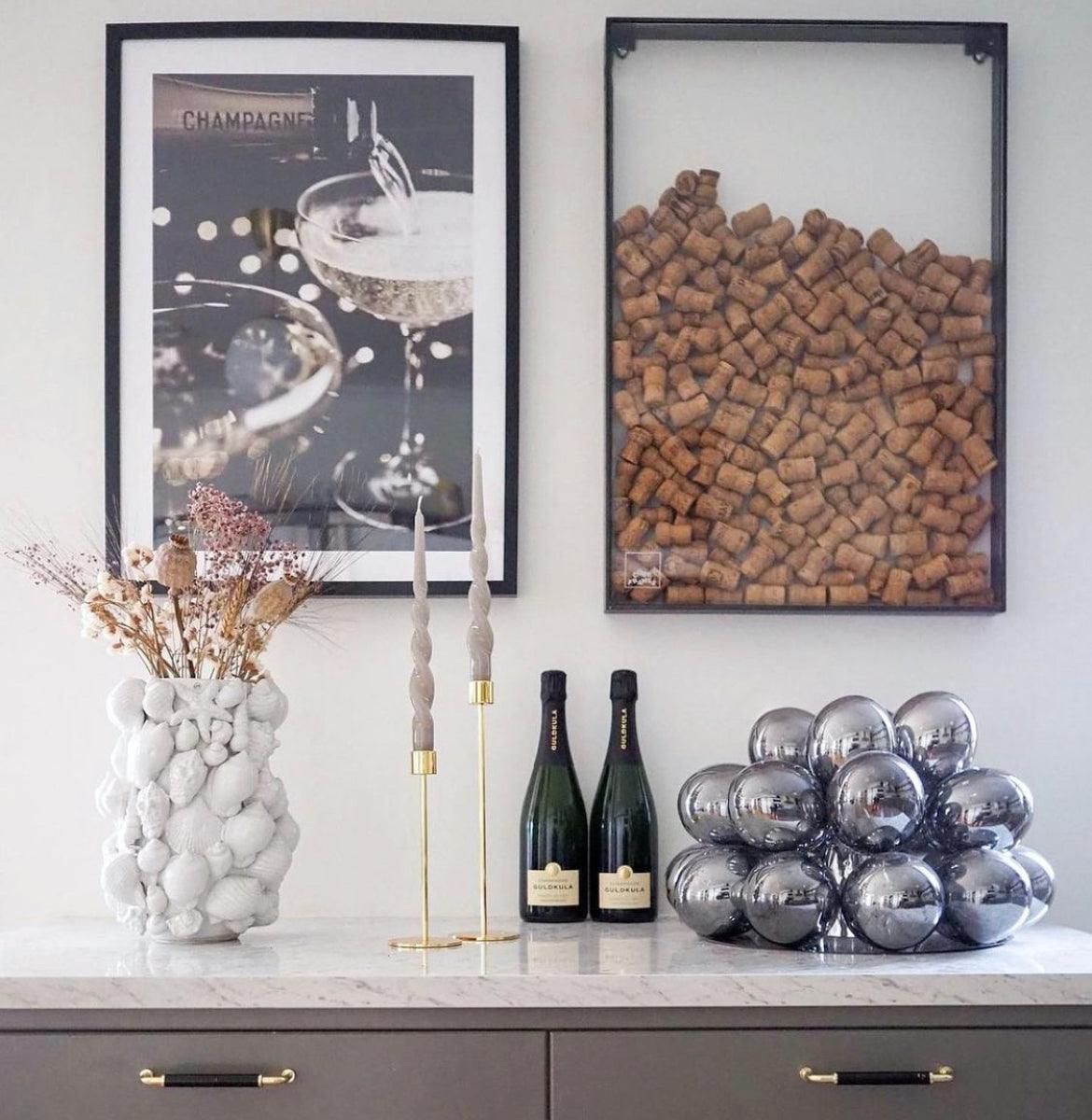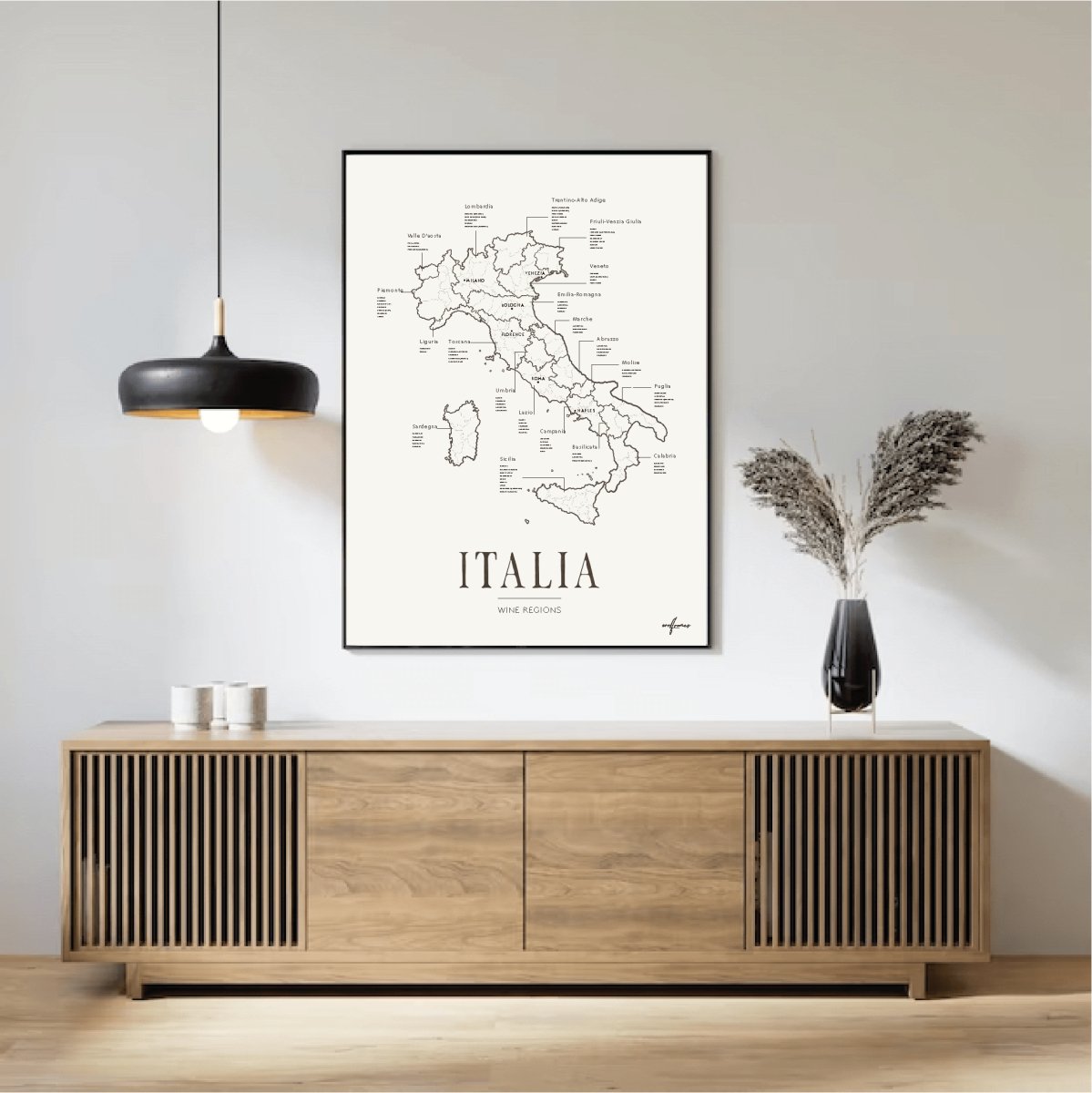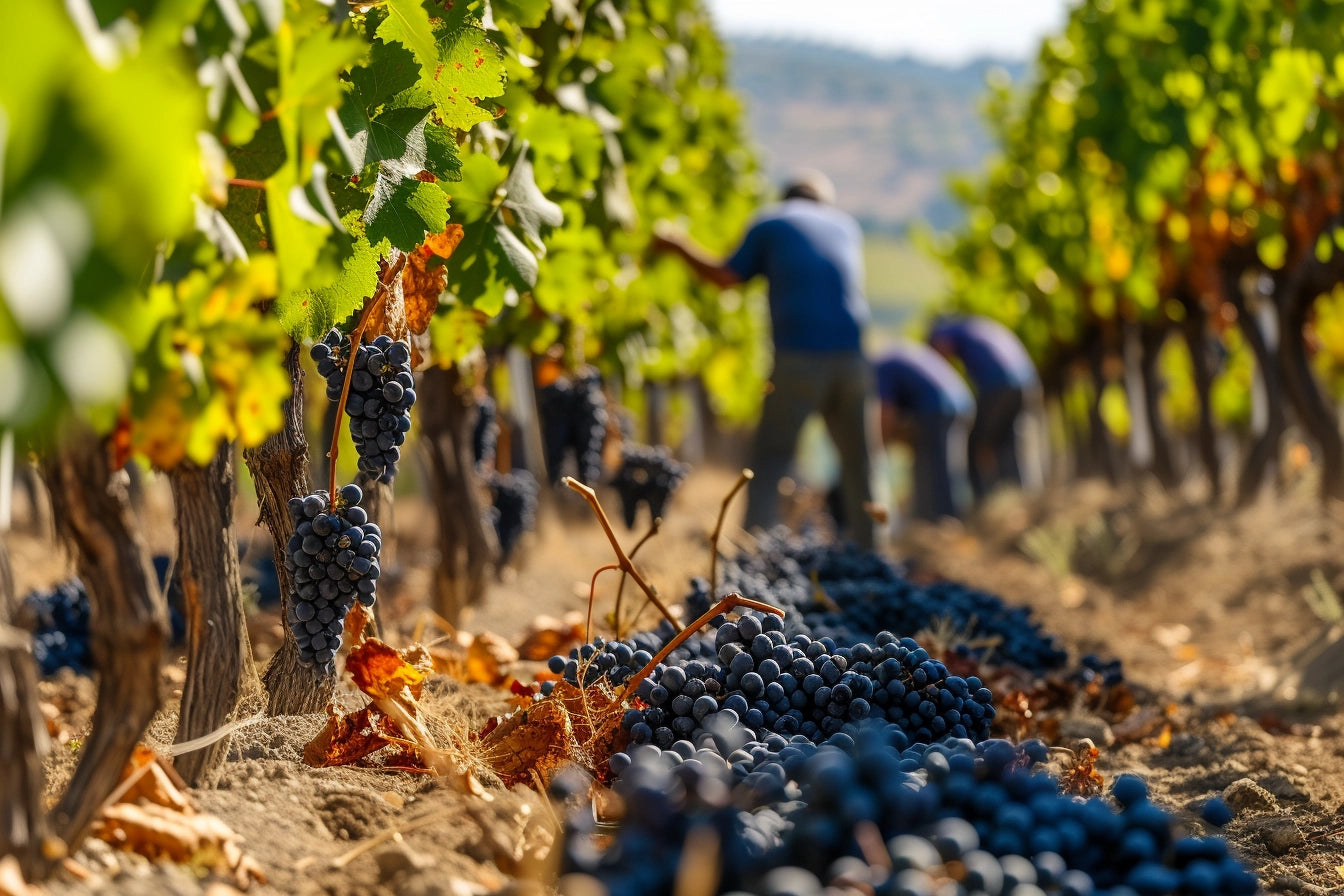When people think of Italian sparkling wine, they often think of Prosecco. But Prosecco is just one part of something much broader — Spumante. Unlike Prosecco, Spumante isn’t a brand or a specific grape, but a general term for Italian sparkling wines of all kinds.
So what exactly makes Spumante different from Prosecco — and how does it compare to other sparkling wines like Champagne or Cava? Let’s break it down.
What Does "Spumante" Mean?
Spumante simply means “sparkling” in Italian. It’s not a protected designation of origin, but rather a stylistic and technical term. Spumante refers to any Italian wine with full sparkling pressure, regardless of grape variety, sweetness level, or region.
Spumante can be white, rosé, or even red. It can be sweet or bone-dry. It can be produced using the Charmat method (second fermentation in stainless steel tanks) or the traditional method (second fermentation in bottle). It’s this diversity that makes Spumante so fascinating.
Prosecco – A Type of Spumante
Prosecco is by far the most famous Italian sparkling wine — but it is not the same thing as Spumante. In fact, Prosecco is just one specific type of Spumante, with its own strict rules.
The main differences:
-
Origin: Prosecco can only be made in designated areas of northern Italy, mainly in the Veneto and Friuli Venezia Giulia regions. The finest versions come from Conegliano-Valdobbiadene and Asolo (DOCG).
-
Grape: Must contain at least 85% Glera.
-
Method: Almost always made using the Charmat method, which preserves fruity, floral aromas.
-
Style: Prosecco is typically light, fresh, and fruit-driven — ideal as an aperitif or for casual sipping. However, it usually lacks the complexity found in some other types of Spumante made using the traditional method.
So while Prosecco is a clearly defined sparkling wine, Spumante is a much broader category — ranging from the simplest to the most refined styles Italy has to offer.
Key Regions for Spumante
Piedmont – Asti Spumante & Moscato d’Asti
Sweet, aromatic wines made from Moscato Bianco. Asti Spumante is fully sparkling, while Moscato d’Asti is lightly sparkling (frizzante). Both are low in alcohol and perfect with dessert.
Lombardy – Franciacorta
Italy’s most prestigious sparkling wine, made using the traditional method and often aged for extended periods. Grapes include Chardonnay and Pinot Nero (Pinot Noir). The result is complex, elegant, and food-friendly.
Trentino – Trento DOC
Less known than Franciacorta but equally impressive. Produced with the traditional method in the foothills of the Alps, Trento DOC wines are crisp, refined, and mineral-driven.
Veneto – Home of Prosecco (and more)
While Prosecco dominates this region, Veneto also produces other styles of Spumante, including traditional-method wines from lesser-known producers.
How Spumante Compares to Other Sparkling Wines
| Category | Spumante | Champagne / Crémant / Cava |
|---|---|---|
| Country of origin | Italy | France, Spain, others |
| Production method | Charmat or traditional | Mostly traditional method |
| Styles | Wide range: from sweet to dry | Mostly dry, often more complex |
| Grapes | Glera, Moscato, Chardonnay, Pinot Nero, etc. | Chardonnay, Pinot Noir, Macabeo, etc. |
| Price & availability | Broad range, often great value | Usually higher prices for Champagne |
Tips from Corkframes: How to Best Enjoy Spumante
Spumante is a wine made for moments — and every cork tells a story. Here are a few ways to enjoy it:
-
Asti Spumante with dessert – pair it with fresh strawberries, pastries, or soft cheese with honey.
-
Prosecco as an aperitif – fresh, easy-drinking, and ideal with light snacks or seafood.
-
Franciacorta or Trento DOC with food – works beautifully with buttery dishes, mushrooms, or fish.
-
Rosé Spumante in the summer – great with grilled food, salads, or simply on its own.
And don’t forget — every pop of a cork marks something worth remembering. Save the cork and turn it into a lasting wine memory.
Want to learn more about wine, regions, and food pairings? Stay tuned to our news portal — we’ll keep exploring the world of wine, one bubble at a time.



